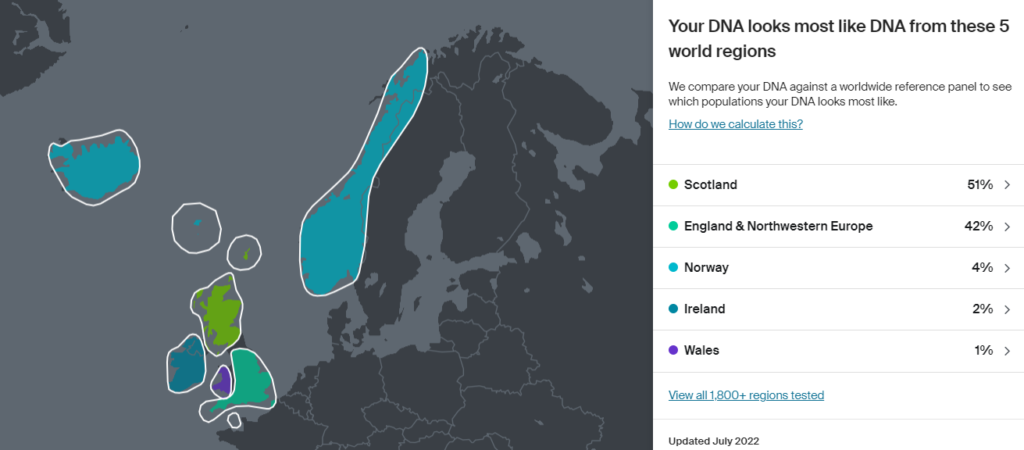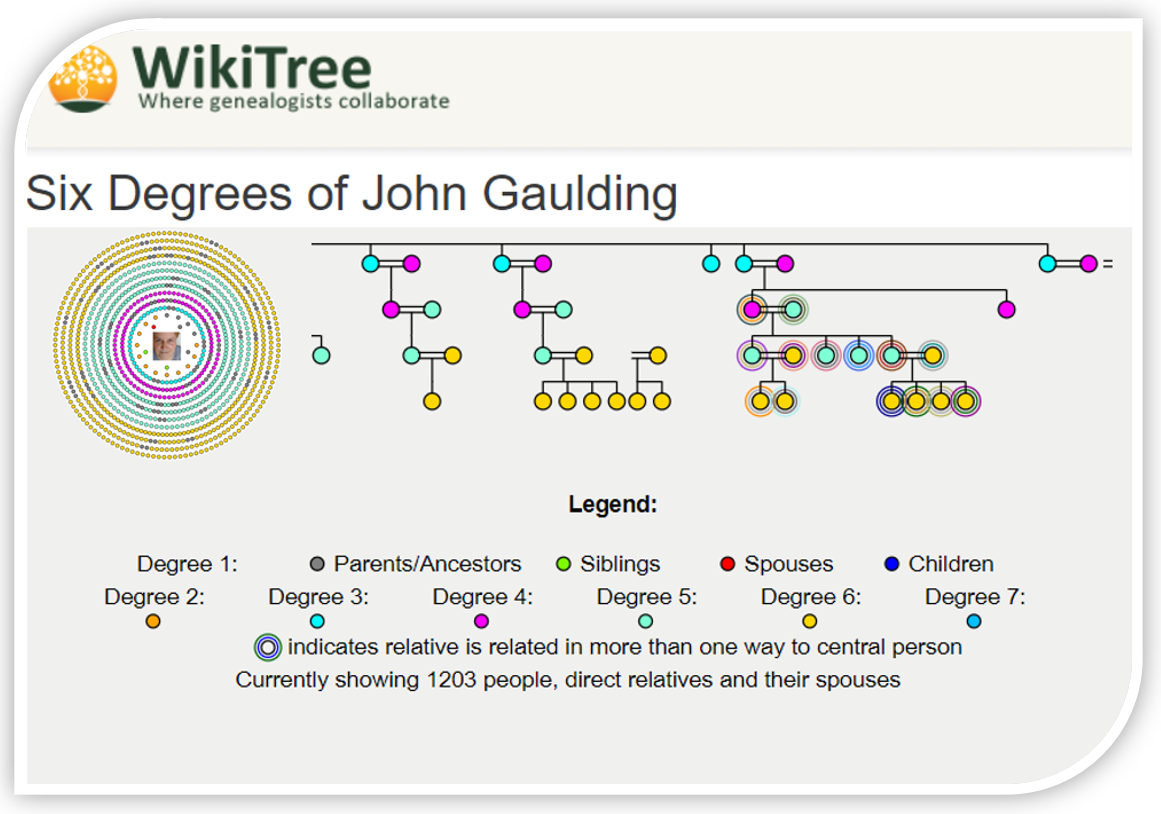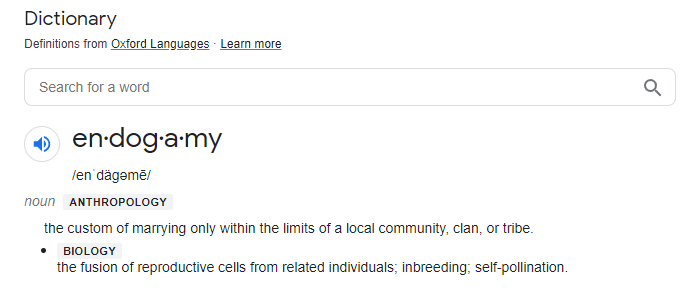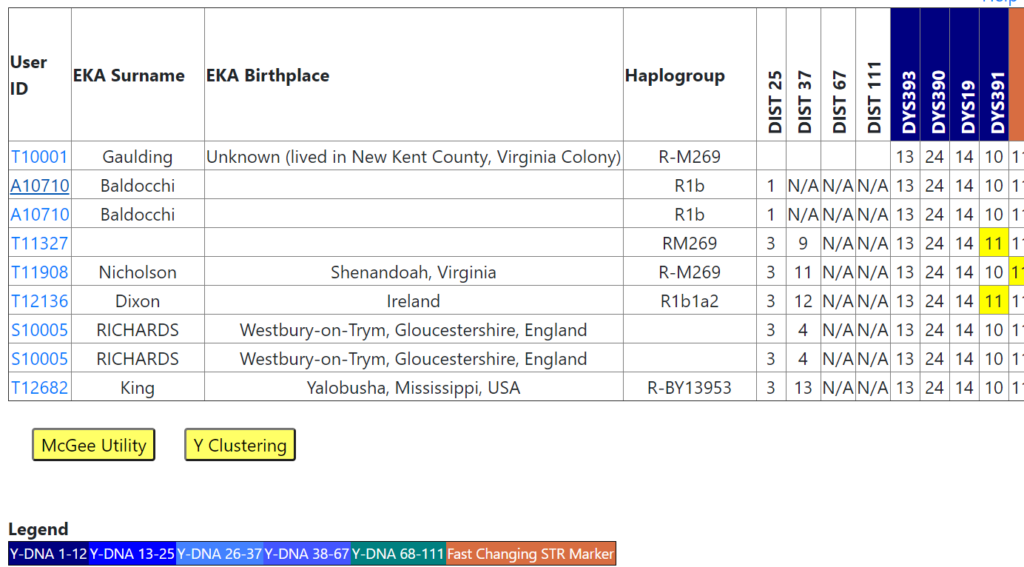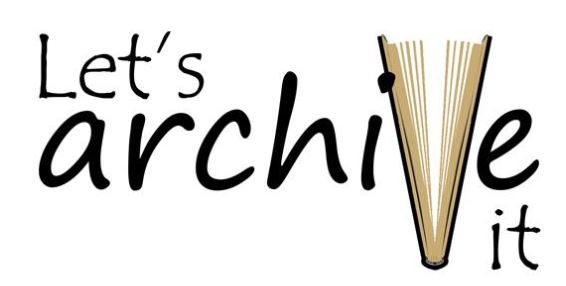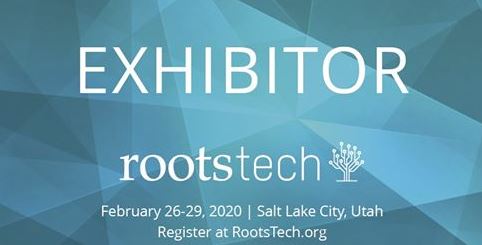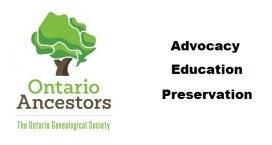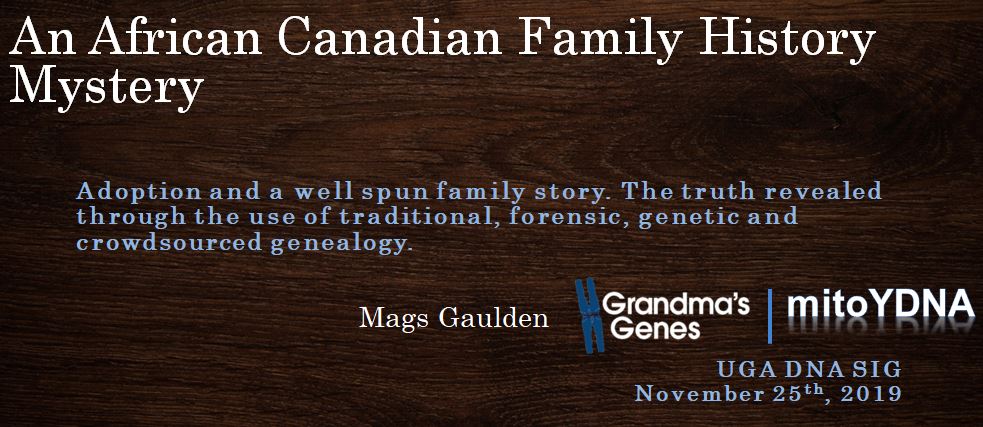I spent my life before that thing, that should not be named, ravaged the world with its horrible deaths, sickness, and political upheaval, traveling the world and speaking in person to the genealogy community. In 2019 alone, I put nearly 70k miles on planes, trains, and automobiles. It was wonderful to be present, in person, and huggable.
Nearly four years later and the changes wrought by that thing that shall not be named are looking like they might not be transient, but permanent. We came back from the 20th-century flu, sure, but because of technology things are very different in the 21st Century. Technology has afforded us the ability to be connected virtually. That is great and it has served us well. With the physical world shut down, we could continue to connect. Albeit in a less human form.
I have ventured out and back into physical, in-person, talks and conferences. I plan to continue to do so and I hope you will join me.
Reasons Why I Prefer Attending In-Person Events
This weekend I attended the South Carolina Genealogical Society’s Summer Workshop in Columbia, SC. While the organizers are very pleased with how well the event was attended, I am exceptionally pleased with who all attended!
Cousins!
Being a Carolinian at my core, speaking at a conference in the Carolinas is wonderful because of all the cousins I get to see and meet. Yes indeedy. I don’t have enough fingers to count the cousins who came up to me to tell me about our connections! Like my brand new Gaulding/Templeton cousin, Billie Lawson, Jr.
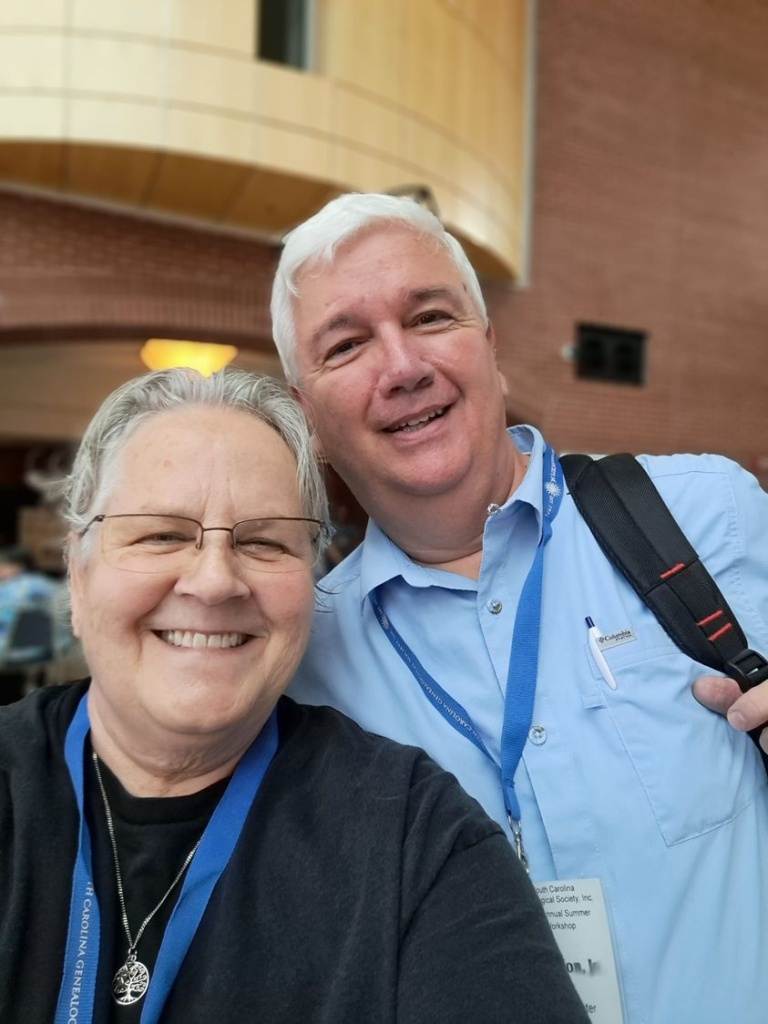
One conference and among the cousins a double cousin! This kind of discovery is huge for me and huge for him as we worked on Sunday afternoon looking for both the genetic connection and the paper connection as well.
Research Finds
I have a 4th great grandfather whose death has always been a question mark. I was able to discover a few years ago that he died in Camden on March 21, 1865, but had never known what it was that caused his death or which of the cemeteries in Camden was his burial spot.
On Friday morning I spoke with William Felder, who was manning the Camden Venders table, about my question – Where was Whiley Buried? On Saturday afternoon he met me with an entry in a book. Wiley died of Pneumonia and is buried in an unmarked grave along with other Soldiers in the Quaker Cemetery in Camden.
But wait, there’s more!
My wonderful friend and colleague, Cheryl Hudson Passey (Carolina Girl Genealogy) was going through Camden on her way home and now I have photos!
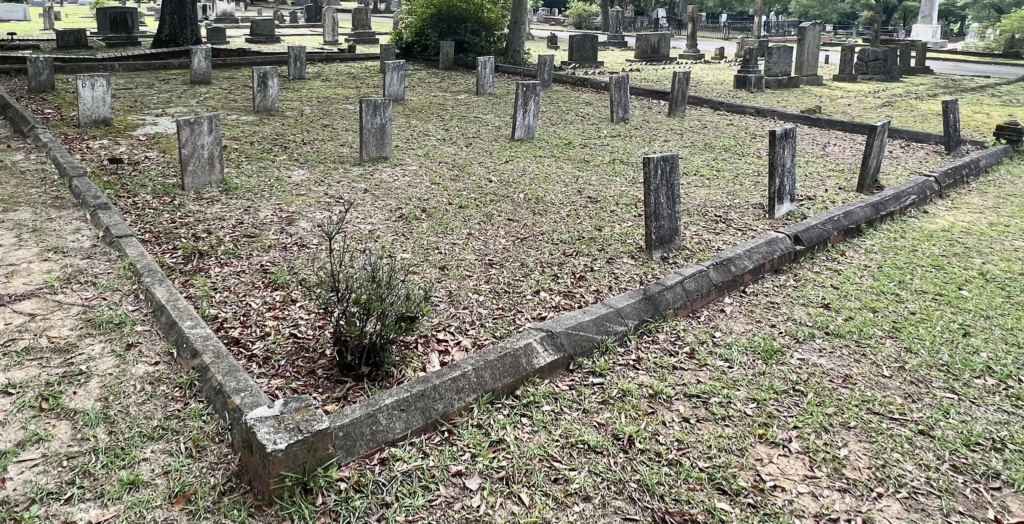
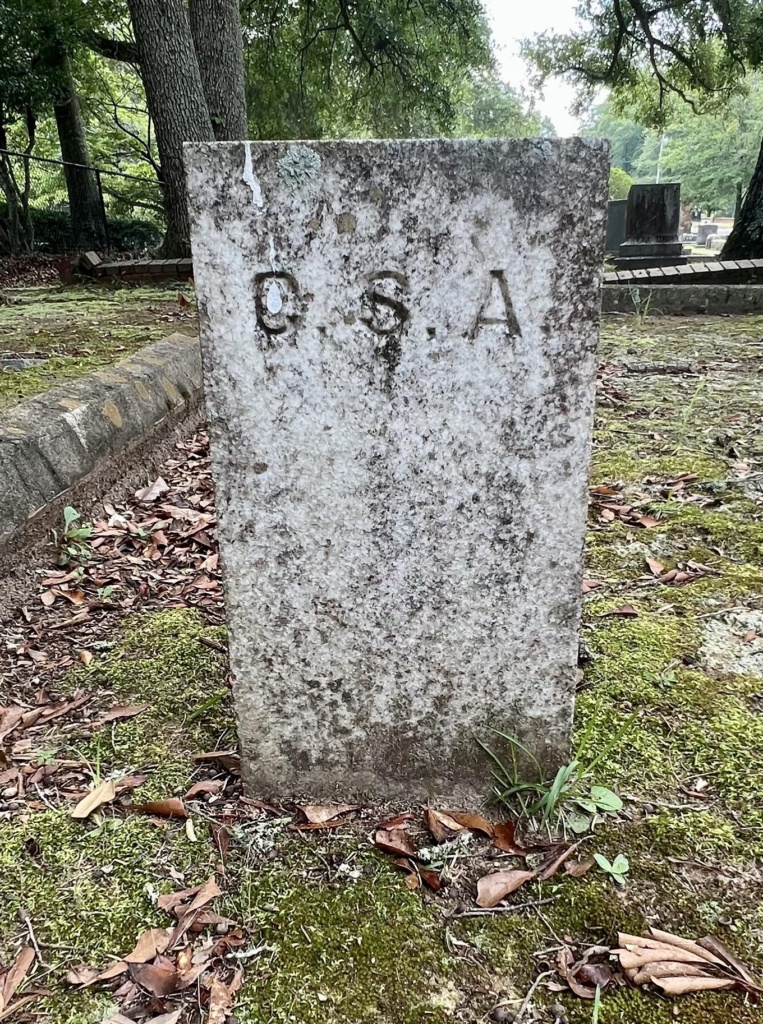
Networking
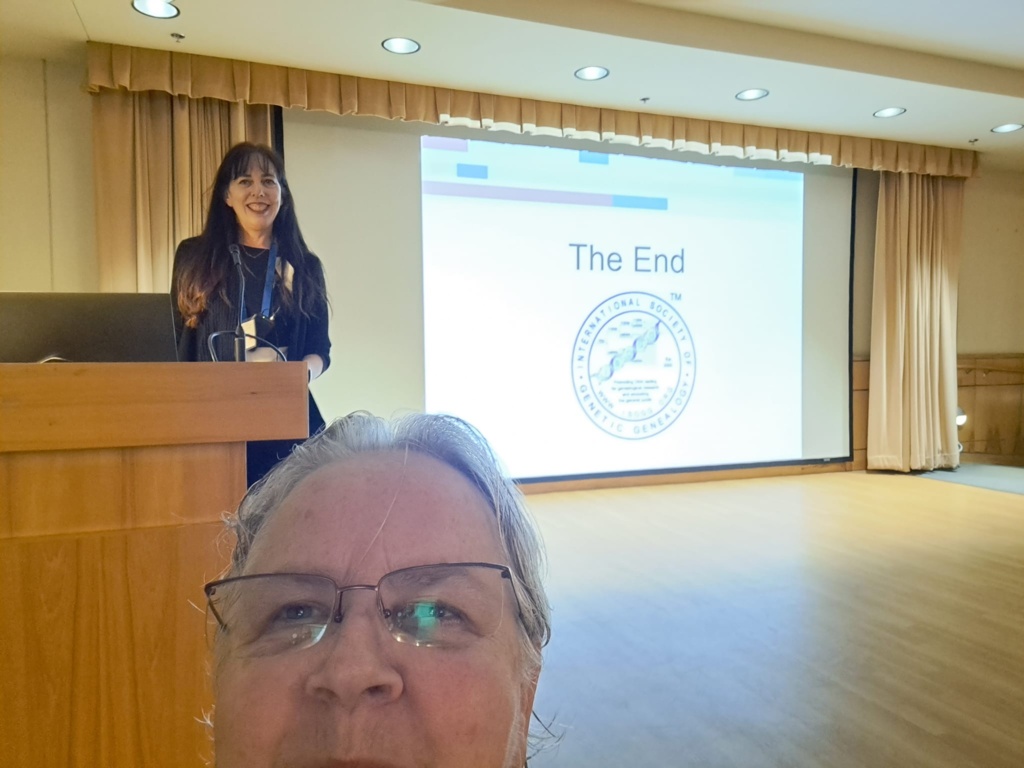
I will admit I spent an inordinate amount of time hanging out with many times over cousin Katherine Borges. But when Katherine ignored me to sell DNA kits for FTDNA, I was more than happy to hang out with author and speaker Dianna Elder’s (Family Locket Genealogists) wonderful husband Mark. Oh, I had fun hanging out with Dianna too! 🙂
Networking also meant meeting Diane Culbertson of the DAR and she told me of the wonderful work she and others are doing for the Liberty Trail. “The Liberty Trail—developed through a partnership between the American Battlefield Trust and the South Carolina Battleground Trust—connects battlefields across South Carolina and tells the captivating and inspiring stories of this transformative chapter of American history.” You can learn more about this great work on their website at The Liberty Trail.
Being Home Where Ever You Are
Being present, in person at a conference or talk takes you home, no matter where you are. You just can’t have that virtually. ‘Nough said.


